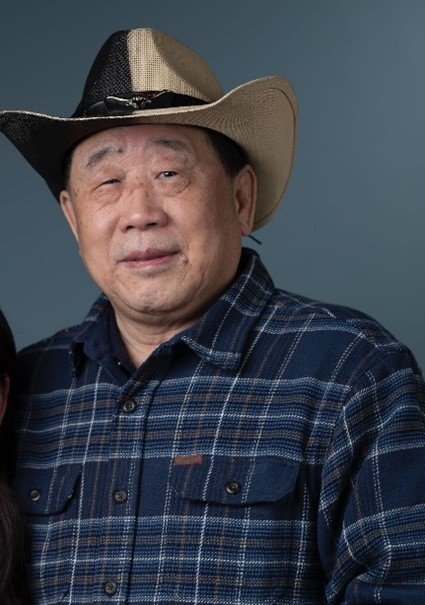Breaking Dimensions: Lei Ren’s Revolution in 3-D Calligraphy
Chinese calligraphy has long been regarded as one of the most exquisite forms of artistic expression due to its millennium-old tradition. The expressiveness of traditional calligraphy has mostly stayed in two dimensions despite its emphasis on fluidity, brushwork, and the interaction of ink and paper. With his intense love of the arts and his unwavering quest for creativity, Lei Ren aimed to push the envelope beyond what was considered normal.
Lei Ren, also called Layman Lei, is a Chinese poet, artist, calligrapher, and innovator whose groundbreaking work in three-dimensional (3-D) calligraphy has reshaped the conventions of traditional calligraphy. His groundbreaking method, which he refers to as "Walking-gold" artistic technology, has revolutionized the age-old craft by fusing spatial intricacy and depth, and it has raised the bar for contemporary calligraphic expression.
By combining conventional methods with modern creative ideas, Lei created 3-D calligraphy, which enables characters to emerge from the flat surface and take the shape of dynamic sculptures. His characters seem to hover in space, bridging the gap between calligraphy and sculpture and producing an immersive visual experience.
A revolutionary development in calligraphic art is represented by Lei Ren's "Walking-gold" artistic technology. This creative method creates calligraphy that appears three-dimensional to the observer by combining layering, material manipulation, and optical illusions. Lei makes his calligraphic shapes appear to move, rise, and acquire shape beyond the surface of the paper by using specific brushstrokes and engraving processes.
This technique was not an overnight discovery but the result of decades of experimentation. Lei meticulously studied how light, texture, and spatial positioning could be harnessed to create the illusion of depth. By using specialized materials, he enhanced the vibrancy and dimensionality of his works, making each piece an interactive experience rather than a static image.
World-renowned art galleries have displayed Lei Ren's innovative calligraphy. His 3-D calligraphy was displayed at the Yuan Ru Art Gallery in Seattle (2024), the Guangzhou Art Exhibition (2018), and the 42nd World Art Expo in New York (2018). Most significantly, his solo exhibition at the University of Washington in September 2024 expanded the audience for his work and cemented his status as a trailblazing artist in the realm of modern calligraphy.
Viewers were frequently enthralled with Lei's art during these shows because it appeared to transcend the confines of ink and brush, giving the impression that the characters were floating and moving. In addition to maintaining the spirit of traditional calligraphy, his work was commended for extending its creative possibilities through creative spatial approaches.
Lei Ren's contribution to 3-D calligraphy is a cultural advancement as well as an artistic endeavor. A new generation of artists is encouraged to look beyond the two-dimensional plane by his work, which questions traditional ideas about calligraphy. Modern technology combined with traditional Chinese calligraphy opens up fascinating new possibilities for the future, such as immersive art installations and interactive digital applications.
Moreover, Lei's impact goes beyond the realm of art. His developments in three-dimensional writing could have an effect on graphic design, architecture, and typography. His creations create new opportunities for both artistic and practical design by extending the structural and visual potential of textual forms.
The artistic environment has been completely transformed by Lei Ren's groundbreaking developments in 3-D calligraphy, which transformed a conventional art form into a multifaceted experience. His Walking-gold technology has pushed the limits of creativity, bringing depth, movement, and sculptural elegance to the realm of calligraphy. As his work continues to gain recognition, Lei’s legacy as a transformative figure in the art world is firmly established, proving that even the most ancient art forms can evolve and surpass revolutionized dimensions.
